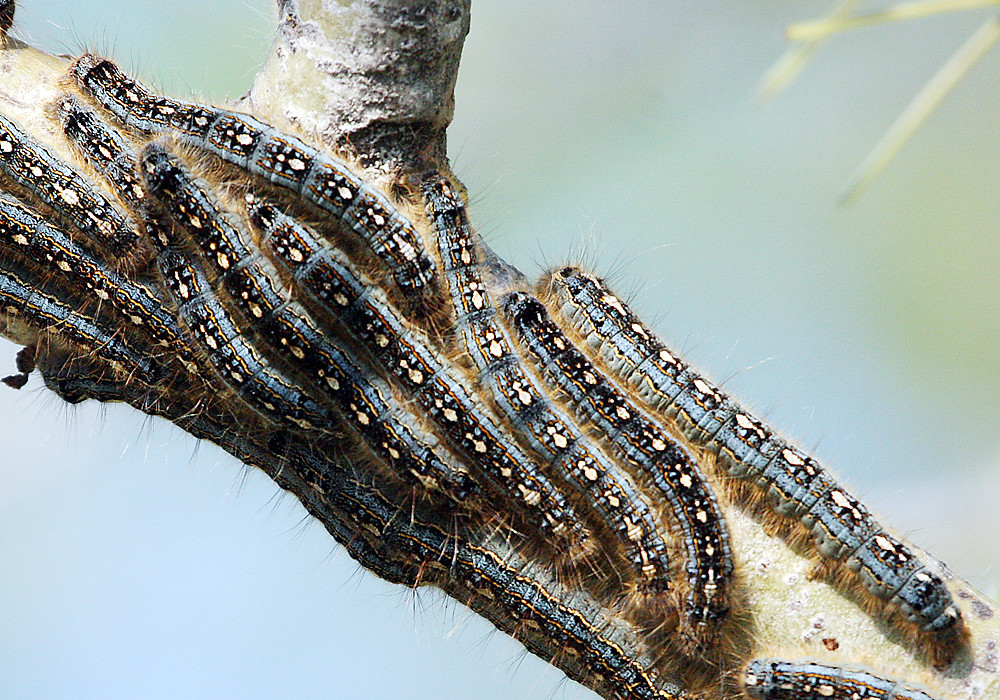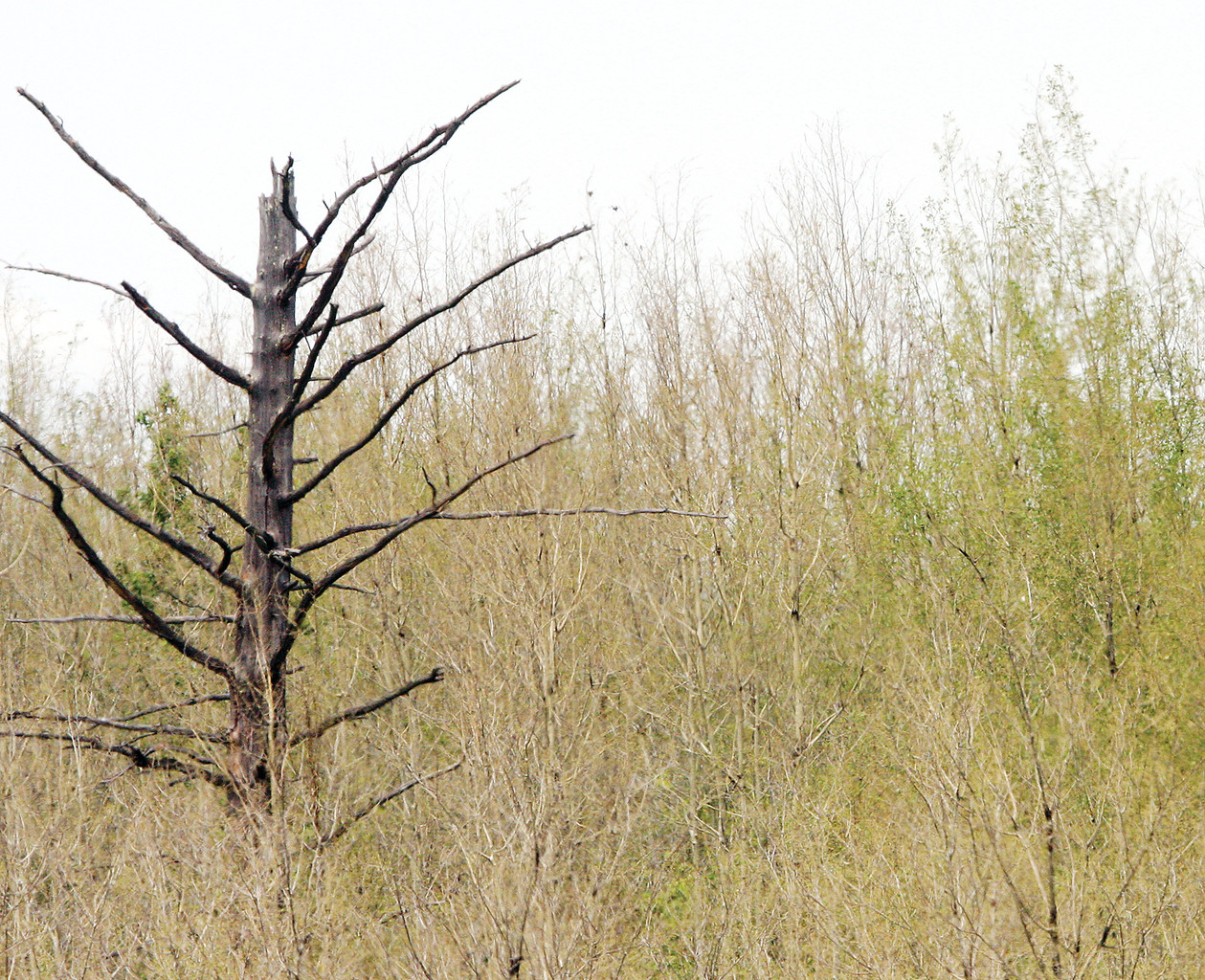Support the Timberjay by making a donation.
Ground zero for ‘army worms’
Vermilion Lake Township sees significant defoliation from tent caterpillar invasion
VERMILION LAKE TOWNSHIP— Residents near Hwy. 169 southwest of Tower have found themselves at ground zero of a forest tent caterpillar outbreak that appears to be among the worst to hit the area in …
This item is available in full to subscribers.
Attention subscribers
To continue reading, you will need to either log in to your subscriber account, or purchase a new subscription.
If you are a current print subscriber, you can set up a free website account and connect your subscription to it by clicking here.
If you are a digital subscriber with an active, online-only subscription then you already have an account here. Just reset your password if you've not yet logged in to your account on this new site.
Otherwise, click here to view your options for subscribing.
Please log in to continue |
Ground zero for ‘army worms’
Vermilion Lake Township sees significant defoliation from tent caterpillar invasion
VERMILION LAKE TOWNSHIP— Residents near Hwy. 169 southwest of Tower have found themselves at ground zero of a forest tent caterpillar outbreak that appears to be among the worst to hit the area in a decade. While tent caterpillar populations have been building for the past few years across the region, severe outbreaks have been limited so far, and nowhere near as severe as outbreaks in the 1990s and early 2000s.
But the sights and sounds along the Koski Road, in Vermilion Lake Township, this week are familiar to anyone who has experienced a severe outbreak of these insect pests, often called “army worms.” The forest there is dominated by young aspen that grew up in the wake of the 1992 Mother’s Day fire. Three weeks ago, the trees were sporting their brand new leaves, but this week most of the leaves had been reduced to stems and the surrounding forest was mostly bare, save for the maples and the evergreens, which tent caterpillars don’t eat. The usual silence of a calm morning is broken only by bird song, including a cuckoo calling nearby, and the constant sound of a light rain of caterpiller droppings onto the forest floor. The cuckoo, one of the only birds known to eat tent caterpillars, tend to follow outbreaks and Corky Eloranta, a resident along the Koski Road said she’s been hearing one singing regularly near her house for more than a week.
Denley Koski, who lives just off Hwy. 169 about a quarter mile south of the Koski Road said the two-inch long worms have definitely invaded his property, almost completely denuding the aspen trees surrounding his rural residence.
But Koski said he has mixed feelings about the worms, noting that the defoliation opens up his yard, located on a southwest slope, to a cooling breeze off the Pike River Flowage. Without it, he said, his yard can become stifling on summer afternoons. “Having more air flow definitely helps,” he said. He also likes the fact that the second growth of leaves that will develop by early July typically stay on the trees longer in the fall, helping to extend the summer. That’s why Koski said he doesn’t using any sprays or poisons on the worms— he just lets them do their thing and takes the good with the bad.
Forest pest specialists with the Department of Natural Resources had predicted last year that the caterpillar population would jump sharply, but the outbreak never seemed to develop to the degree many had expected. Eloranta said they had plenty of the caterpillars around last year, and even had some spotty defoliation, but said it seems like the worms are on the upswing this year. The defoliation does appear more widespread, now affecting 100s of acres, primarily in Vermilion Lake Township. But there are other pockets of the worms showing up across the region. Corky Hill, who owns and operates North Country Quilts in Tower, said she had problems with the worms near her storefront recently, but she scraped them away and they didn’t come back.
While many area residents find the caterpillars a nuisance, most say the worms aren’t as bad as the parasitic flies that follow in their wake. “You’ve got a choice between the bad and the ugly,” said Eloranta.
The flies, about the size of a horse fly, don’t bite, but they do like to land on people and lick salt or other bits of potential food off of skin. And they can be hard to shoo away, which is why many people have dubbed them “friendly flies.”
The flies are hanging around right now while they wait for the tent caterpillars to quit munching leaves and spin their cocoons. That’s when the flies lay their eggs on the developing pupae within the cocoons, which end up as a food source for the fly maggots. The longstanding rumor that the flies were introduced by the DNR to combat tent caterpillars is just that— in fact, the flies are native and have long been a natural enemy to the tent caterpillars.
Those tent caterpillar pupae that do survive the flies will hatch in July and the brown moths that emerge will begin the process of laying eggs for next year’s batch of caterpillars. Betcha can’t wait…









